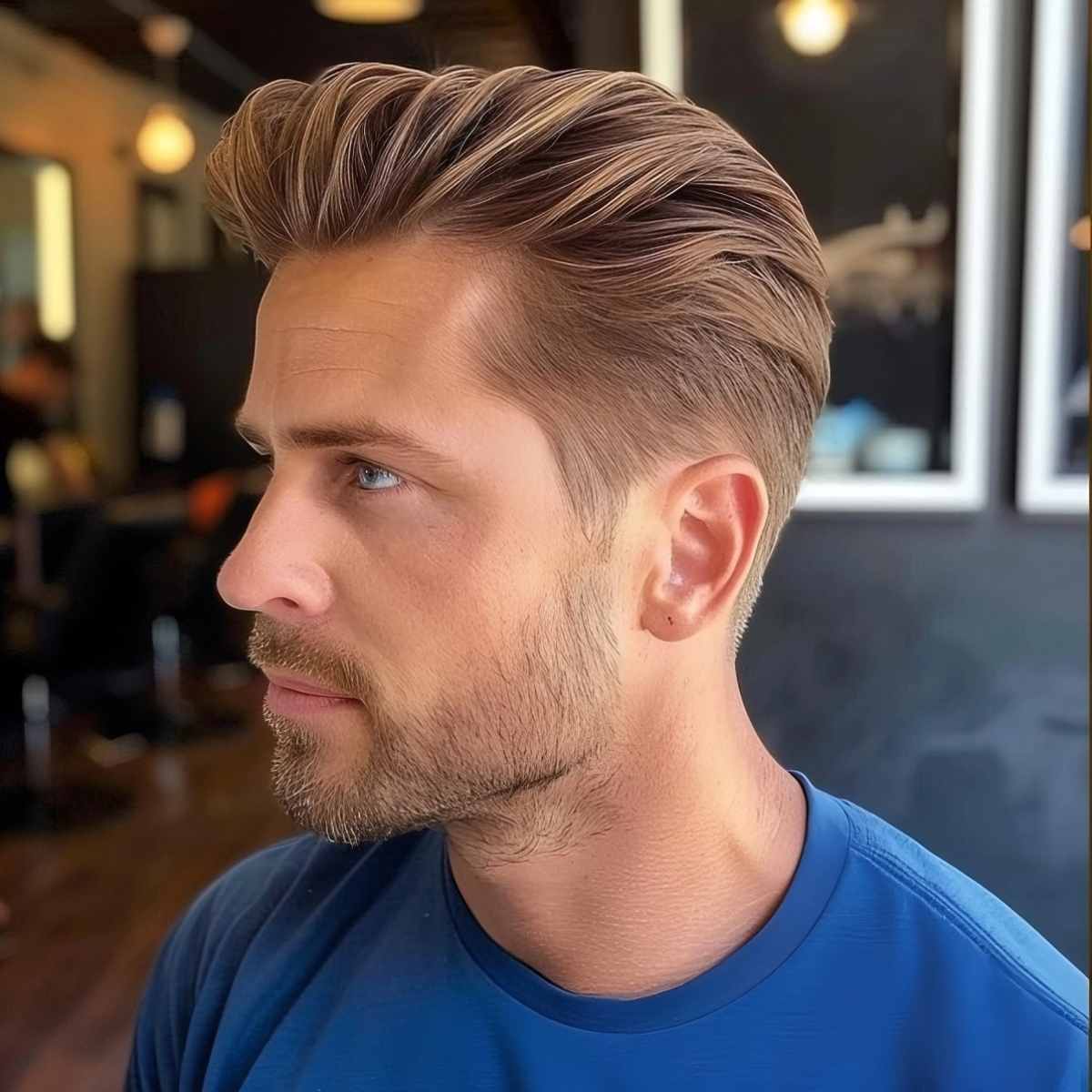Essential Hygiene Protocols Every Barber Must Avoid to ensure Optimal Customer Protection
Upholding adequate hygiene remains crucial in all profession which involves personal contact with customers, particularly in the barber field. Barbers play an important role in helping clients appear and feel the best, however this duty comes with the necessity for strict hygiene protocols. In the interest of the well-being of clients and stylists together, there are several critical sanitary practices that should be prevented. Recognizing these practices may help guarantee a clean and safe setting in barbershops.One of the most frequent sanitation errors stylists should prevent is the recycling of individual styling tools without adequate sanitation. Tools such as scissors, clippers, and combs can harbor germs and pathogens if they are not cleaned after every application. Stylists should always disinfect their tools with suitable solutions or cloths after clients. Failing to do so could lead to the transmission of diseases, which can have grave implications for clients. Establishing a routine for sanitizing and disinfecting instruments is not just a best practice; it is a necessary part of upholding a secure operational environment.
Another practice to avoid is overlooking to clean one's hands regularly. Barbers interact with various customers in a single-day day, and their hands can easily accumulate bacteria and viruses. It is essential for barbers to clean their skin thoroughly with detergent and liquid before and following every client. Additionally, using hand disinfectant can be an efficient method to further reduce the transmission of pathogens. Skipping this process can endanger client safety and may result in diseases or ailments that could have been easily avoided.

Adequate check this site out cleanliness of the barber shop setting is also critical. Stylists should refrain from overlooking surfaces that are frequently touched, such as chairs, countertops, and waiting area seats. These surfaces should be cleaned and sanitized frequently to reduce the likelihood of contamination. Creating a cleaning routine can assist stylists copyright a sanitary setting. This practice not only protects clients but also enhances the general atmosphere, allowing customers feel more at ease and valued.
Moreover, barbers should avoid utilizing items that have not been kept or managed properly. Hair products such as styling gels, hair sprays, and serums can turn contaminated if they are left open or incorrectly kept. It is crucial for stylists to check use-by labels and to keep products in a cool, dry environment. Throwing away any expired or questionable products is essential to ensure customer well-being. Utilizing tainted items can lead to skin irritations or hypersensitivity blog responses, which can damage a barber's reputation and harm customers.
To conclude, stylists have a duty to copyright high levels of sanitation to ensure the safety and well-being of their customers. By preventing the reuse of unsterilized tools, overlooking hand hygiene, overlooking environmental cleanliness, and utilizing inappropriately stored products, stylists can establish a safe and welcoming environment. Recognizing and applying these critical hygiene practices not only safeguards customers from infections but also builds confidence and faithfulness. A clean barbershop is a thriving barbershop, in which both barbers and clients can experience assured and safe.